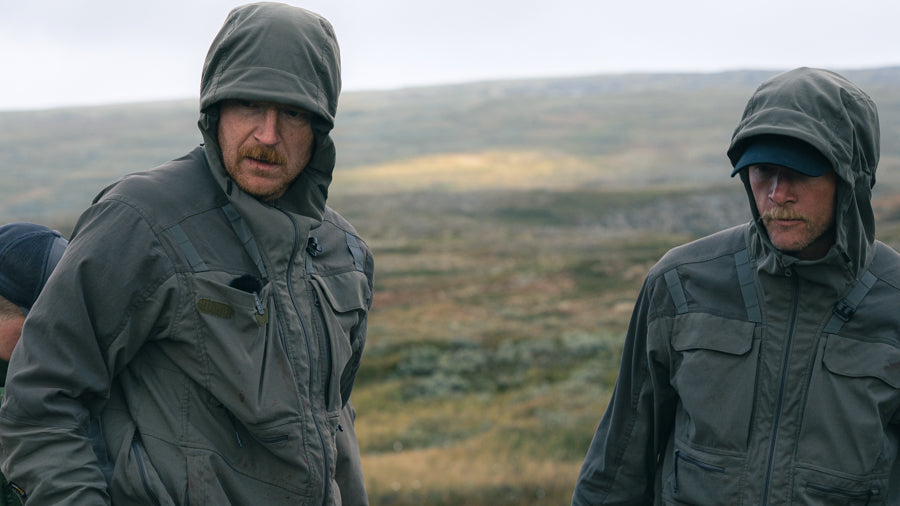
Bird hunting with a tree barking dog
It is not without feeling like an origin hunter with barking tree dogs in the woods. It could just as easily have been a bow or a crossbow as a modern gunpowder weapon.Brief
Simplified, it can be said that hunting a bird with a tree cellar means that the dog finds a bird run on the ground, follows it until it encounters the bird that flies up and settles in a tree. The dog barks and creates a sound mat that makes me as a hunter come in close. The dog should show me with his gaze where it sees the bird so I can get a good sense of where it is sitting.Patience is a success factor
Some young dogs have a tendency to leave the tree if they have a bird that is inactive and hiding in the branch. It usually grows away with a lot of hunting. The opposite can be said to be a capercaillie that sometimes sits really exposed and cuts its beak, which usually gives the young dog a real kick.
When the dog has become a little more experienced, it is also usually able to find birds sitting in trees, ie it finds birds in trees that have left no traces on the ground. Often this is something young dogs do not master until they have become a little more confident and experienced.
In tree cellar hunting, patience is a success factor. If the dog has barked for 10 minutes, it will probably continue as long as the bird remains, with that in mind, you should weigh every movement on the stand in a gold bowl.
Quiet and careful
Birds both see and hear very well and often react with flight. Scratching sounds from crackling clothes, bright areas such as unprotected hands and moving faces are something that should be camouflaged and avoided. All movements made should be done as gently and quietly as possible.
I use gloves with camouflage and a face mask. The less my clothes and equipment stand out from the environment, the greater my chances of success.When I first started with tree bark hunting, I was not so careful about camouflaging my face or my hands, which often resulted in the bird fleeing. This was saved by me using a drill at the time, and the shotgun was used on a bird in flight.
When a new finn tip was acquired much later, I had learned the importance of good camouflage and to take it more carefully and calmly inside the stand. Since I know myself too well, I have forced myself to be careful about starting to use a shotgun instead. Then there are no opportunities for escape shooting and you only have one chance for a successful shot.
Caliber
22 The horn with a full mantle ball is the caliber I use from the time the bird became legal until the end of October, when you more often get a longer distance on the bird. They are often found on pine heaths and more open forests later than at the beginning of the season. When the hold has become a little more than 22 the horn can handle, I use 6.5 * 55 and then with a hole tip ball. For example, Lapua weighs 7.8 grams.
Where can I find the bird?
At the bird premiere, I usually look for birds around brook ravines with wet areas with fairly dense spruce forest. The hills are not yet divided and are often located near marshland / wetland (not open bog). A little later I usually look for felling edges as the birds like to eat the berry rice. When you enter October, I usually search even more for pine heaths and forest with more elements of open terrain.





Leave a comment (all fields required)